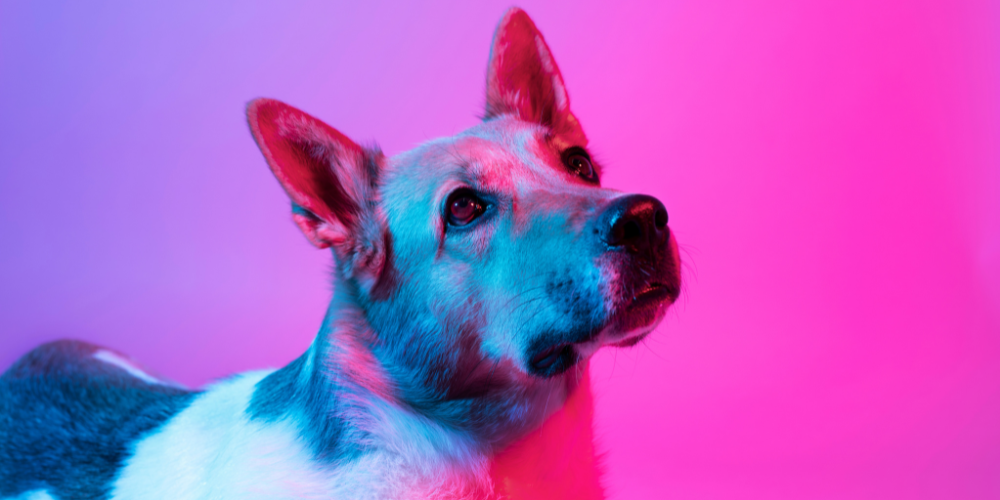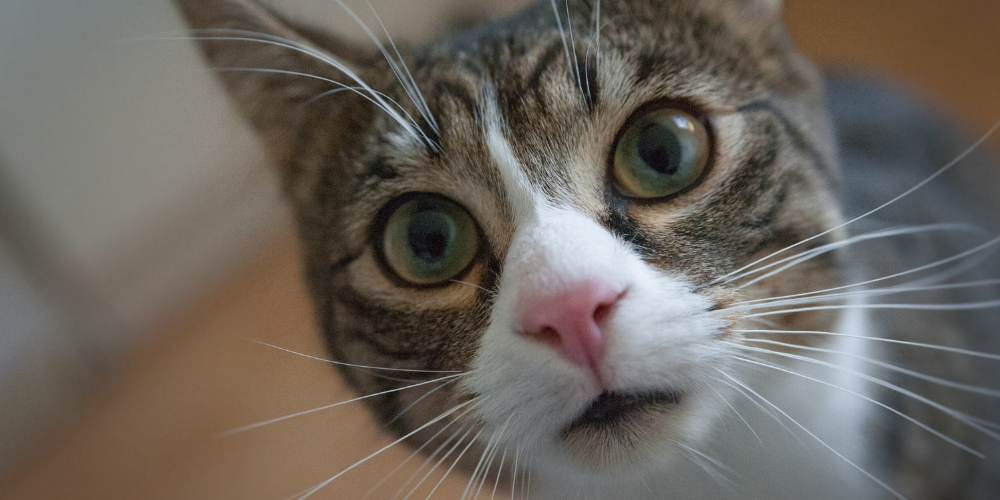
We’ve all heard the saying that dogs and cats see the world in black and white, but is that really true? The idea that our pets might be missing out on the vibrant colours we enjoy can be a bit of a downer. But don't worry—this blog is here to shed some light on the colourful (or not-so-colourful) world of our pets. Let’s dive into the science and myths surrounding the idea of pets being colourblind.
In humans, colourblindness typically refers to difficulty distinguishing between certain colours, usually red and green. This happens because of a deficiency or absence of specific types of colour-detecting cells in the eyes called cones.
Can Dogs See Colours?
Contrary to popular belief, dogs aren’t completely colourblind. They do see colours, but their range is more limited than ours. Dogs primarily see the world in shades of blue and yellow. They’re missing the red-green cones that we have, which means colours like red, orange, and green appear as variations of grey or brown to them. So, while your dog might not appreciate the bright red ball you just bought them, they’ll still see it—just in a different hue.
How dogs see the world (left):

Can Cats See Colours?
Cats, like dogs, don’t see the full spectrum of colours that we do, but their vision isn’t as limited as once thought. Cats see shades of blue and green quite well, but their ability to see reds and pinks is limited. Their world is probably a bit more pastel than ours. However, cats have excellent night vision, which makes up for any colour deficiencies when it comes to stalking their prey in the dark.
How cats see the world (left):

Why Do Pets See Differently?
The differences in how pets see colours come down to evolution. Dogs and cats are descendants of hunters, and their vision adapted to help them survive. They rely more on movement, sharpness, and night vision than on distinguishing between a rainbow of colours. Their ability to detect motion, especially in low light, is far superior to ours, making them excellent hunters at dawn and dusk, when their prey is most active.
Is Colour Important for Pets?
While pets don’t see the same vibrant world that we do, colour isn’t as important to them. Their other senses, such as smell and hearing, play a much larger role in how they experience the world. For instance, your dog might not care what colour their favourite toy is, but they’ll certainly recognise it by smell and texture. Similarly, cats are more focused on movement than colour when chasing their favourite feather toy.
How Do Rabbits See Colours?
Rabbits can see some colours, mainly blue and green, but their vision is less vibrant than ours. Reds appear dull and brownish to them. While their colour perception is limited, rabbits rely more on their sharp ability to detect movement to stay safe and aware of their surroundings.
Summary: A World of Colour—But Not Like Ours
So, are pets actually colourblind? Not quite. Dogs and cats do see some colours, just not in the same way humans do. Their world is less about the rainbow of hues and more about movement, texture, and scent. The next time you’re picking out a toy or outfit for your pet, don’t stress too much about the colour—your pet’s sharp senses will appreciate it just the same.
Understanding how our pets see the world can help us appreciate their unique perspectives and better cater to their needs. After all, they may not see the world in all its colourful glory, but they still enjoy it just as much as we do—if not more!


